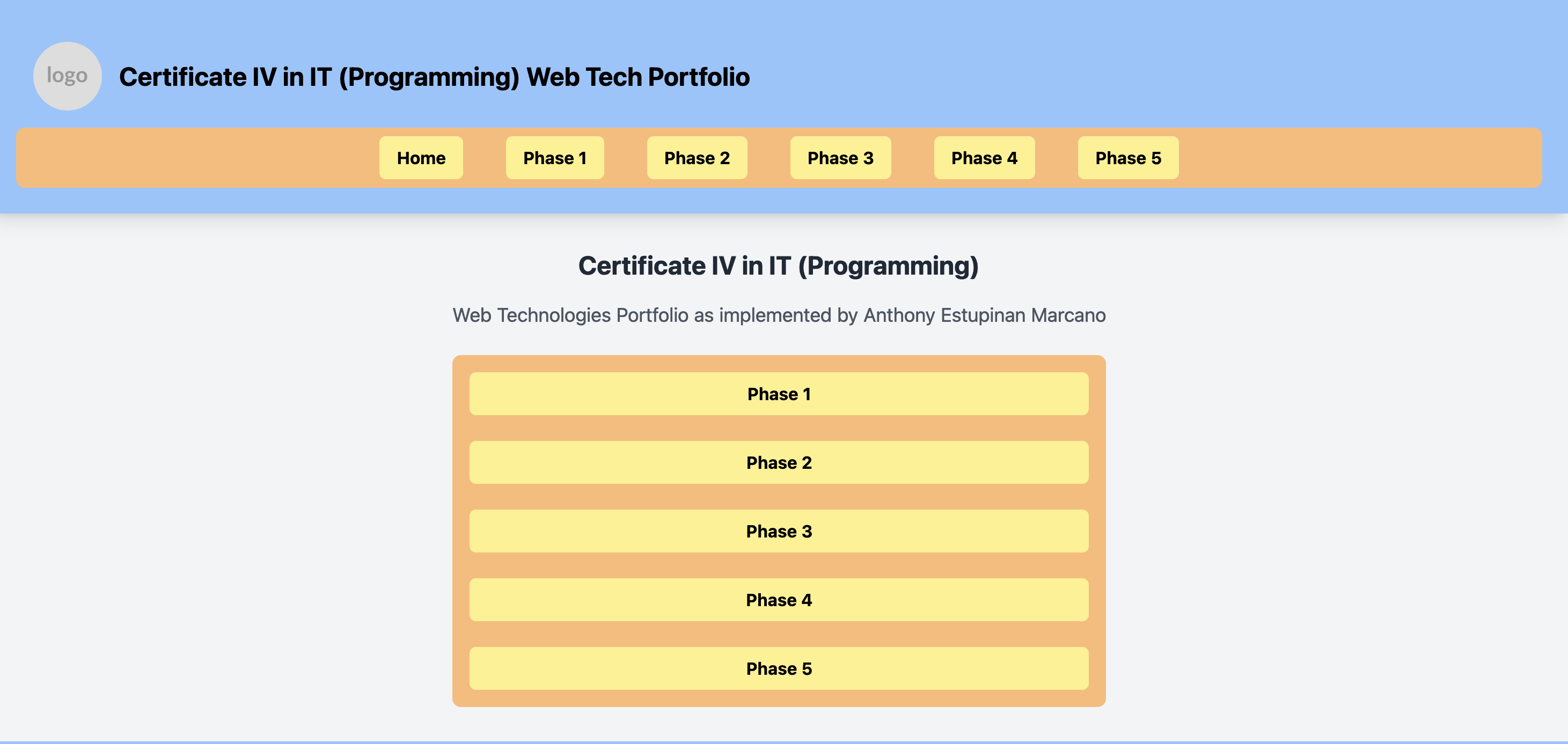Multi-Phase Website Development Case Study

Introduction
The Multi-Phase Website project showcases a systematic approach to web development, divided into clearly defined phases and focusing on Mobile First development. Each stage builds upon the previous one, culminating in a fully functional and visually appealing website. This case study highlights the challenges, solutions, and key outcomes from each phase of development.
Technologies and Tools
Phase 1: Setting the Foundation
The first phase focused on laying a solid foundation for the website. This included setting up the project structure and creating the initial semantic HTML markup to represent the design concept. By using semantic tags, we ensured the content was accessible and well-structured from the outset.
Key Achievements:
- Set up project folders and organized the initial file structure.
- Incorporated semantic HTML for clarity and accessibility.
- Deployed and validated the code to ensure a strong start.
Phase 2: Designing the Layout
In this phase, we focused on creating the visual structure of the website. A CSS Reset was introduced to standardize styling across browsers, followed by the creation of a custom CSS file for the layout. This ensured a clean and consistent design language.
Key Achievements:
- Implemented a CSS Reset to maintain cross-browser consistency.
- Developed a cohesive layout using custom CSS.
- Deployed and validated the updated design.
Phase 3: Enhancing Content
This phase involved enriching the website with additional content, imagery, and media. Styling was refined to ensure the visual elements aligned with the overall theme, creating a more engaging user experience.
Key Achievements:
- Added new media, including images and interactive content.
- Polished styling for a more professional look.
- Validated and tested the updated content and layout.
Phase 4: Adding Interactivity using NINJA API
JavaScript was introduced to add dynamic functionality to the website. The solution focused on solving a specific problem while displaying results in a designated area. This phase demonstrated the integration of programming logic with design.
Key Achievements:
- Developed a JavaScript solution for the integration of two API routes into the website.
- Integrated results seamlessly into the page design.
- Deployed and validated the functionality.
Phase 5: Modernizing with TailwindCSS
The final phase introduced TailwindCSS to modernize the design. The site was integrated into an index page, linking all previous phases cohesively. Deployment to the NM TAFE ScreenCraft server marked the completion of the project.
Key Achievements:
- Implemented TailwindCSS for responsive and efficient styling.
- Connected all phases through a central index page.
- Deployed the final site to the designated server. Available for view at NM TAFE's ScreenCraft.
Conclusion
The Multi-Phase Website project highlights the importance of a structured approach to web development. By completing each phase sequentially, we achieved a cohesive, functional, and modern website that meets all technical and design requirements.